The percentage of Americans moving over a one-year period fell to an all time low in the United States to 11.2 percent in 2016.
Get Started for FREE
Sign up with Facebook Sign up with X
I don't have a Facebook or a X account
 Your new post is loading... Your new post is loading...
 Your new post is loading... Your new post is loading...

Sierra_Mcswagger's curator insight,
September 10, 2014 10:02 AM
This video is primarily talking on the widely known topic of migration. 3 percent of the worlds population is living away from there place of birth. The push of migration from places include poverty, war, and environmental disasters. The migration pull in some places are because of economic opportunity, and political freedom. Migration is increasing, and is thought of as a bad thing.(s.s.) 
Aurora Rider's curator insight,
October 7, 2014 8:59 PM
This video is great for going over the many different aspects that go along with migration. It talks about what migration is and the reasons why people migrate known as push and pull factors. It talks about the different types of migration such as asylum seakers and illegal immigration. It mentions the disadvantages and advantages of migration.
Katelyn Sesny's curator insight,
October 31, 2014 12:27 PM
A great YouTube video- discussing the controversy of international migration among other things that fall into place of the disapproval of international migration. -UNIT 2
Tori Denney's curator insight,
May 27, 2015 3:36 PM
World cities and megacities - Presently , the mega cities of the world have to have a population of at least 10,000. Many cities are very near the minimum to be considered a mega city, but are not quite there. By 2025, the developing world, as we understand it now, is estimated to be home to 29 megacities.
Mohamed Mohamed's curator insight,
October 13, 2014 4:03 PM
This video describes and explains how we got to a population of 7 billion people so fast |

Al Picozzi's curator insight,
August 4, 2013 1:45 PM
Awesome way to show how the settlement of the US continues to move west with the population growing on the West Coast at a faster rate. If you look at the biggest jump between 1850 and 1860 it shows the mass immigration into the US and the further migration to the western part of the US especailly with the gold rush starting in 1849. Great littel piece of information.
Blake Welborn's curator insight,
November 11, 2013 10:33 PM
Informative, short podcast that details the changing migration of the US. This allows for the comparison of migration and time and the effects of migration over the years in the US.
Emily Bian's curator insight,
October 17, 2014 7:32 PM
The center of the U.S. population moves about every 10 years. In our APHUG textbook, it also talked about the center moving west. It also talks about the patterns and shifts of migration in the U.S going more west and south now, than before. I wonder if the trend will continue? It relates because we talked about this map in APHUG class, and it was in the textbook. The population trend is moving Southwest. This is interesting for next year's APHUG students, because they get to see a population trend right in the US! It's a good article to think about why population trends are the way it is. 2) migration

Araceli Vilarrasa Cunillé's curator insight,
February 8, 2013 4:14 AM
Es un grafic molt atractiu. Interessant per muntar treballs de grup, investigants païssos concrets
Lauren Sellers's curator insight,
May 22, 2014 12:04 PM
This is an interesting little chart because it reveals to us which countries have the highest percentage of migrants that make up their general population. Definitely suprised me to see Qatar as the number one on the list, I would have expected the US to be at the top, but it is not even in the top 10!
Lona Pradeep Parad's curator insight,
May 28, 2014 7:26 PM
This shows the net migration of immigrants.
Adrian Bahan (MNPS)'s curator insight,
September 30, 2014 4:04 PM
Remember this is based on a % of the total population, and not total #. Which countries have the most migrants per capita living there? What spatial or development patterns do you see on this list?

Scott D.Warner, PLS's comment,
August 3, 2013 5:03 PM
Population density dependent malfunctions in societies include crime, disease, and even war.

Riley Tuggle's curator insight,
September 10, 2014 9:51 AM
I believe India has more men than women because sometimes when women can't have a son for their first or second child, the men would beat the women to death, or in some instances women are captured and sold for wives, and they may commit suicide they are so depressed. Also, some pregnant women find out their baby is a girl, they would aport or abandon her because sons are apparently more important and successful because they would stay home and take care of their parents when they are elderly and they would carry on the families name. -rt
MissPatel's curator insight,
December 16, 2014 3:22 AM
This is fantastic - have a look at various countries and their 'rate' of growth |




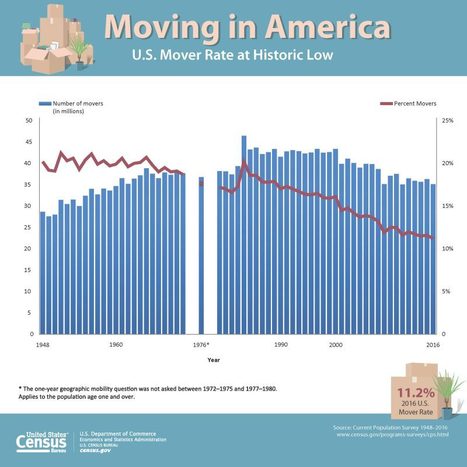

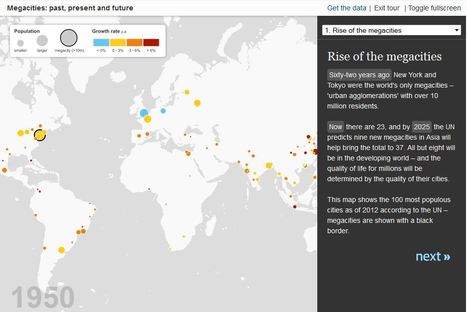

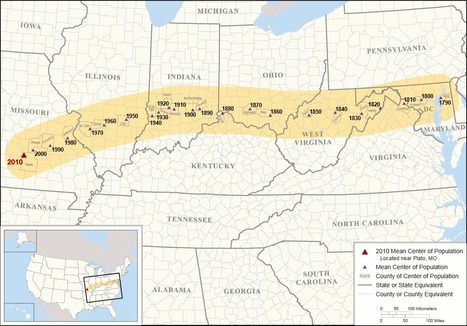
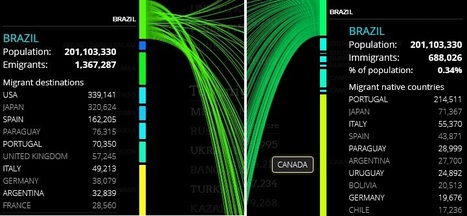
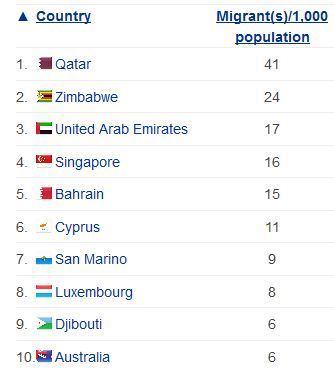
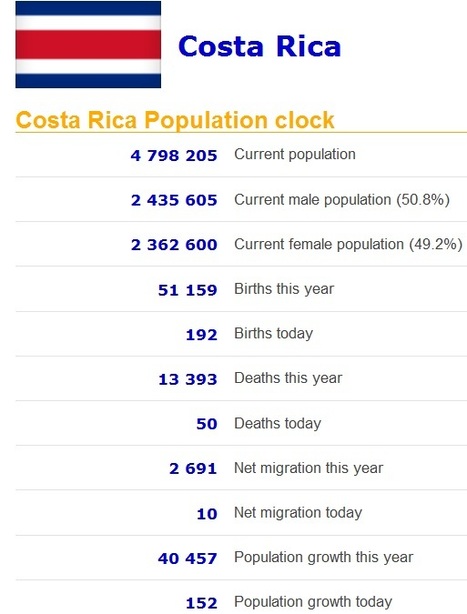
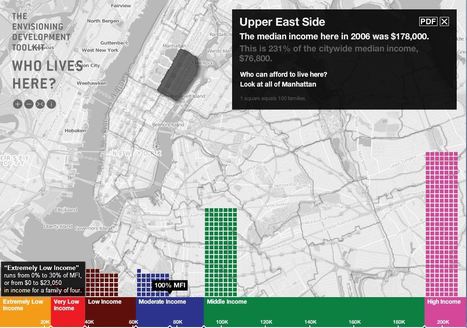





Internal migration in USA can make an interesting comparison with Australia
Syllabus
Internal migration
Students investigate reasons for and effects of internal migration in Australia and another country, for example:
Geoworld 9 NSW
Chapter 7: Urban settlement patterns Australia and USA
Chapter 8: Migration changes Australia and USA
8.8 Australians are mobile people
8.9 Mobile indigenous populations
8.10 Lifestyle migration
8.11 The power of resources
8.12 Migration changes the USA